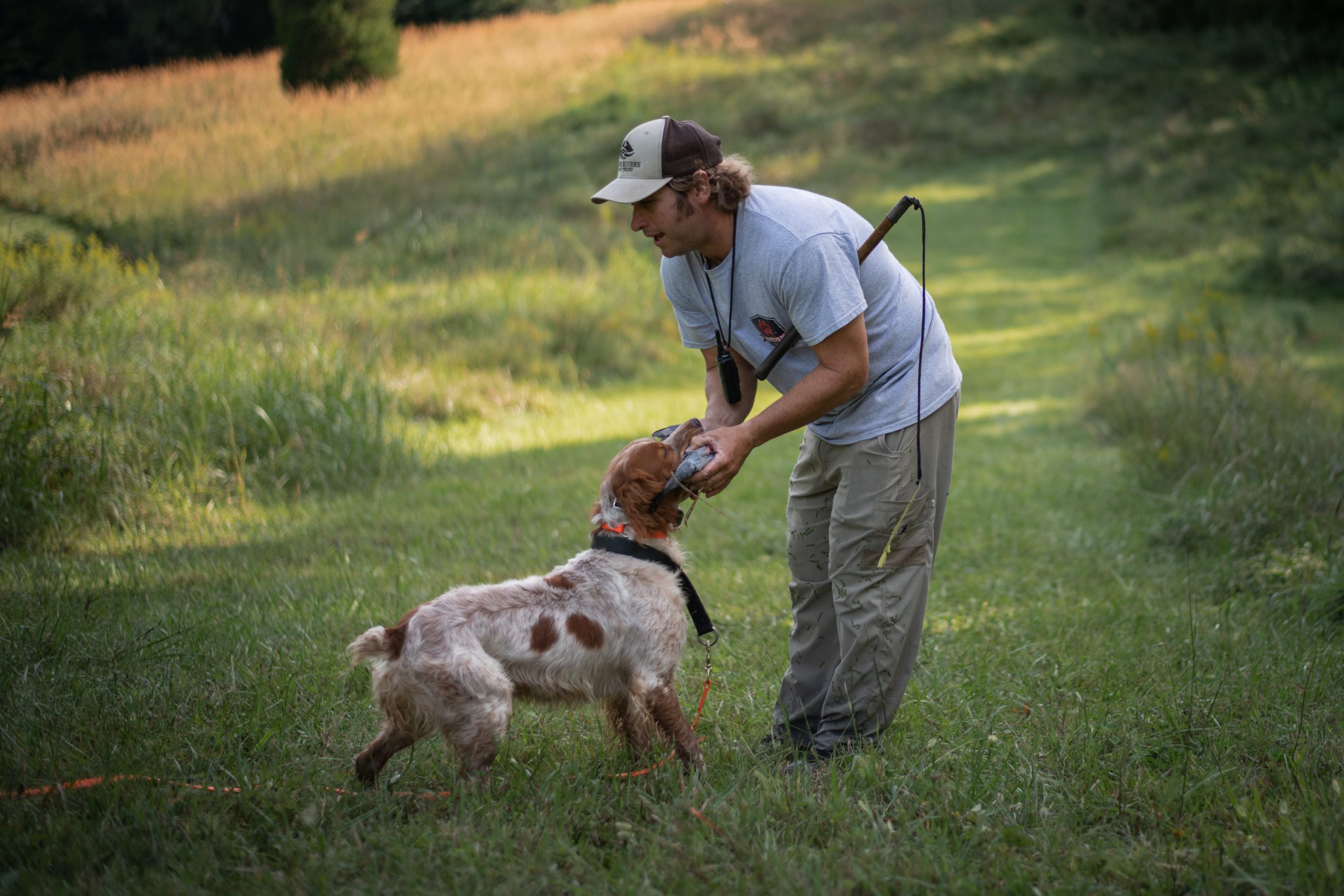Primer
As to methods, there may be a million and then some, but principles are few. The man who grasps principles can successfully select his own methods. The man who tries methods, ignoring principles, is sure to have trouble.” – Harrison Emerson
Dog training, like most other pursuits, is subject fads. A quick google search will reveal a long list of the newest, most effective, groundbreaking, easiest methods for training dogs, all of which are available to you and your pup for a fee. In fact, many of these systems are effective, and many are simple, but few are easy (for a novice), and none are new or groundbreaking. Dogs were training one another and being conditioned by their environment, long before they were domesticated by humans. Every method used to train dogs to perform or not perform any particular task is governed by a set of principles that have existed as long as life itself. Understanding these principles is the key to successfully training your dog and enjoying companionship without conflict for the life of your pet.
None of these behavioral principles were invented by humans; they exist whether or not we choose to acknowledge their existence. However, they have studied and clearly defined by researchers and scientists for over a century. There is an entire field of study dedicated to understanding these principles known as behaviorism.
I encourage all of my friends and clients with an interest in dog training to become familiar with the language of behaviorism. Below are the basic terms we use to describe the what, how, and why of the processes we use to evaluate and train dogs.
Drive: An aroused state of psychological tension that typically arises from a need. A drive, such as hunger or thirst, motivates the organism to act in ways that will reduce the tension. So, for example, when you become hungry (tension caused by the need for food) you are motivated to eat (method of reducing the tension).
Read more: http://www.alleydog.com/glossary/definition.php?term=Drive#ixzz3dVVQ432t
Classical Conditioning: First proposed and studied by Ivan Pavlov, classical conditioning is one form of learning in which an organism “learns” through establishing associations between different events and stimuli. For example, when a neutral stimulus (such as a bell) is paired with an unconditioned stimulus (such as food) which produces some involuntary bodily response all on its own (such as salivating), the neutral stimulus begins to trigger a response by the organism similar (some salivation) to that produced by the unconditioned stimulus. In this way, the organism has “learned” that the neutral stimulus equals something good (just like the unconditioned stimulus).
Read more: http://www.alleydog.com/glossary/definition.php?term=Classical%20Conditioning#ixzz3dVVyAgFe
Operant Conditioning: Operant Conditioning is a type of learning in which a behavior is strengthened (meaning, it will occur more frequently) when reinforced, and weakened (will happen less frequently) when punished. Operant conditioning is based on a simple premise – that behavior is influenced by consequences. When one receives reinforcement for performing a behavior, they are more likely to do it again. When a behavior is punished, it is less likely to reoccur. For more detailed information about operant conditioning, take a look at the B.F. Skinner Foundation located at http://www.bfskinner.org/Operant.asp
Read more: http://www.alleydog.com/glossary/definition.php?term=Operant%20Conditioning#ixzz3dVWqke00
Happy Training,
Grayson




